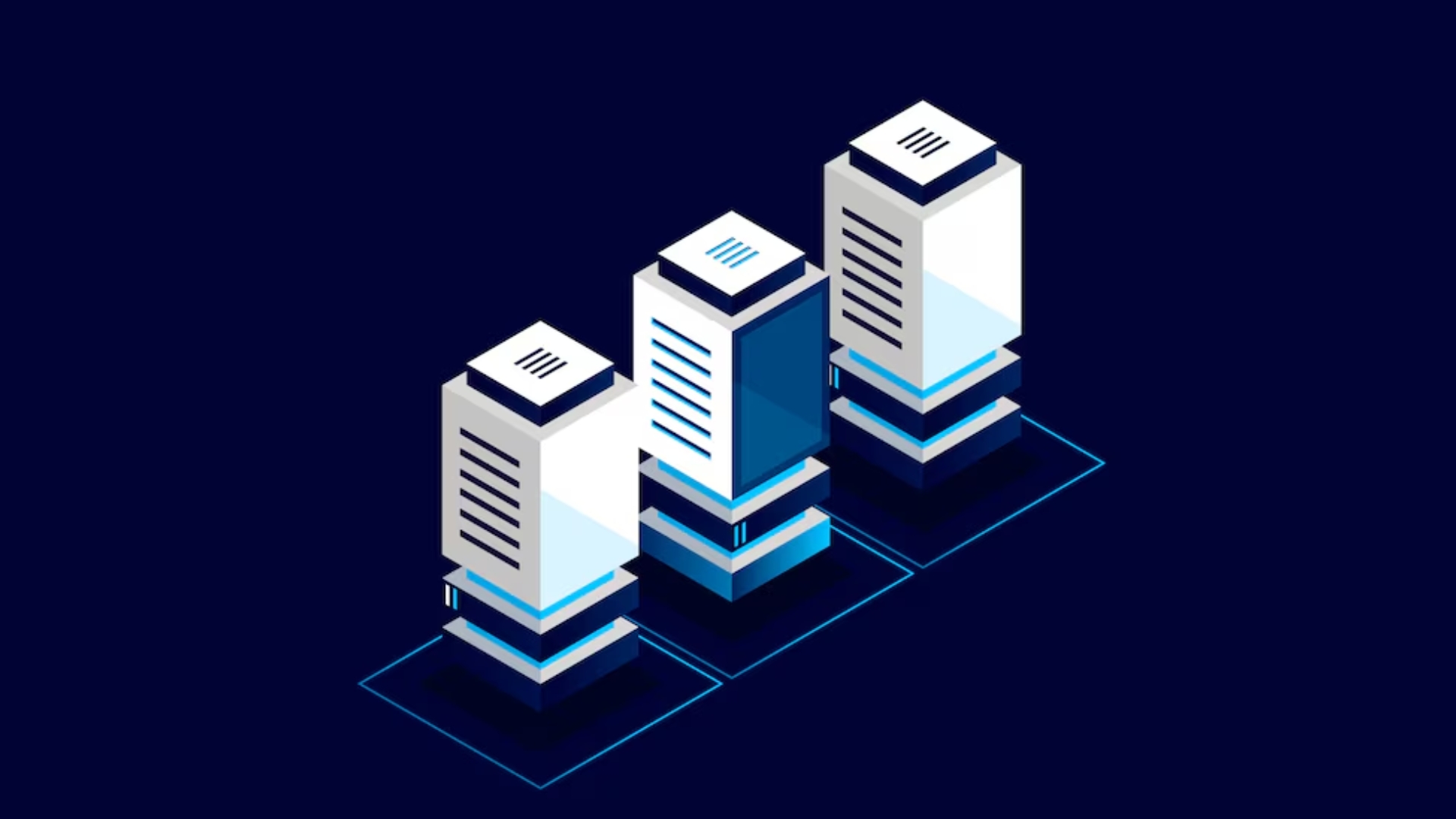
In today’s modern world where technology has taken a higher authority in driving most of the services of our industries, some mechanisms are finding their own ways of ruling over the old ones with much advanced and ground-breaking science. One of the most trending technologies is ‘Serverless Architecture’, which has been initiated in most of organizations for introducing a better range of services.
Serverless Architecture can simply be explained as an advanced approach in the field of software design. There is always a huge complicated underlying infrastructure present behind all the working mechanisms of any services of a company. Serverless Architecture approaches performing those services and helps the developers to execute such huge tasks without having the headache of thinking about those complex structures. In this kind of architectural mechanism, the developers can write and then deploy their codes without worrying about the servers to run all the databases, applications and storage systems as a cloud provider handles all of these activities. Let us have a look into this mechanism more closely to understand the perks of this wonderful technology.
How this actually works?
Users can interface with applications and access their business logic through servers, but administering servers requires a significant amount of time and resources. Teams are required to keep the server hardware up to date, take care of software and security updates, and make backups in case something goes wrong. Developers can free up their time to concentrate on building application code by adopting a serverless architecture that allows them to delegate these tasks to a third-party supplier.
Function as a Service (FaaS), one of the most well-liked serverless architectures, allows developers to compose their application code as a collection of discrete functions. Whenever triggered by any of the events such as an HTTP request or any incoming email, each and every function will perform a certain task. The developers will only be able to deploy their functions, after going through all the customary stages of testing and that too along with their triggers. These functions will be deployed to a different cloud provider account.
Developers deploy their functions and triggers to a cloud provider account once the regular testing phases have been completed. At the point when a capability is conjured, the cloud supplier either executes the capability on a running server or on the other hand, on the off chance that there is no server at present running, it turns up another server to execute the capability. Developers don’t see this execution process because they are more focused on writing and deploying application code.
1.Minimal responsibility for the management of server: The fact that the servers your application will use are managed by a third party like a cloud provider is the foundation of serverless computing.
2. Cost-effective: One of the main benefits of this sort of design is the various regions where it assists with setting aside cash while giving a similar nature of administration. In traditional architecture, additional servers must be purchased in case of downtime or performance issues. You only pay for the services you use because serverless application architecture only charges you when it is being used, i.e. when an event occurs.
Maintenance is also handled by the cloud provider, so businesses don’t have to worry about hiring a team just for this. These recoveries human asset costs moreover.
3. Huge reduction in the deployment timing: When choosing a serverless architecture, speed is frequently a factor. You can quickly convey applications in hours since there’s no foundation development to overload you. Scalability becomes easier with faster deployments.
When pivoting is needed right away, this flexibility is especially useful. As a response to the pandemic, scenarios of this kind are unfolding worldwide. Associations need to change their concentration to address arising issues. This could be done internally or remotely. The use of customer-facing applications by businesses like restaurants and retailers is another illustration.
4. Scalable: Because you never know what the outcome will be at first, investing in architecture on your own for your applications carries a significant risk. Purchasing and maintaining servers can consume a lot of resources, and when you want to develop your application, expanding becomes more time-consuming. In the event that you choose serverless application design, you will not need to stress over these variables, and versatility becomes simpler.
5. More focus on the UX: End users, who most likely use your applications, have high expectations for digital experiences. Working on the user experience (UX) takes up less time if architecture is no longer a concern. You can’t bear to not put resources into the UI, so serverless can furnish you with a method for redistributing assets.
This serverless is the upcoming future, strengthening its roots extremely tightly in the land of technology. Most of the companies have already adopted the service. Those companies have observed many operational benefits, cost savings, and flexibility. Thus, this can very easily be said that more and more companies will be shifting to this wonderful technology in order to increase their business.